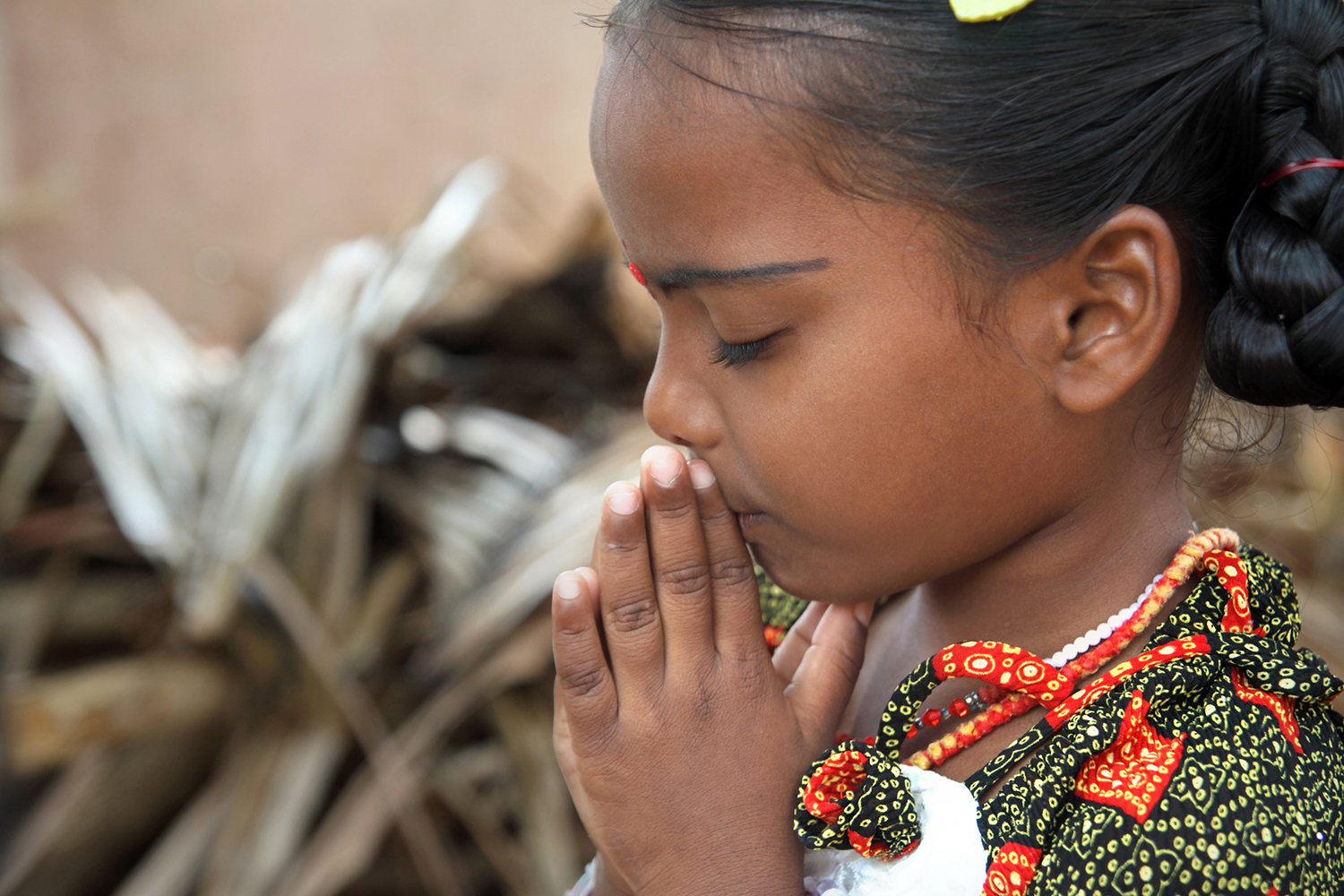Inter-religious & intercultural dialogue: Starting in the early years
Introduction
Mohammed Abu-Nimer, Ph.D. Professor of Peace and Conflict Resolution (IPCR) at the American University (Washington, D.C.), and Senior Advisor at KAICIID International Center for Interreligious and Intercultural Dialogue, has conducted hundreds of interfaith dialogue trainings in conflict areas such as: Mindanao (Philippines), Chad, Niger, and the Middle East region (Egypt, Jordan, Lebanon, Palestine, Israel, Kurdistan Iraq). This work focuses on facilitating dialogue meetings for youth, civil society, religious leaders, and policy makers. Conflict resolution skills, education for peace and pluralism are the major themes in these workshops. In all conflict areas, there is a need for such safe spaces for interactions between people who are living in divided societies and rarely have a chance or opportunity to meet people from the other conflicting groups. Their societies are often segregated and divided along their religious, ethnic, national, or tribal identities. Thus, their educational and social systems are also segregated and contribute to the escalation of violence, negative stereotypes, and prejudice against the different other.
The safe encounter of interreligious and intercultural dialogue programs allow participants to deepen their understanding of their religious, cultural, and ethnic similarities and differences when meeting others. Interreligious dialogue, in particular, allows participants to discover that their religious identity can be a source of peace and inclusion and can strengthen their capacity to resist the manipulation of religion to justify exclusion and violence.
Video (Eng) | Mohammed Abu-Nimer: United against violence in the name of religion (2:55)
The success of interreligious peacebuilding is often reflected when people from different faith groups agree to work together by launching joint educational, social, or political initiatives that aim to enhance the possibilities of living together peacefully. Many youth participants in such programs captured the change in their attitudes and behaviors, as a result of transformative experience in which they gain new knowledge and skill of critical thinking, compassionate listening, and deeper understanding of the faith of the other.
Investing in education for peace through interfaith dialogue and education for religious pluralism from early childhood is a crucial strategy that can significantly contribution to the conflict prevention and reducing violent reactions among children throughout their lives. Advocating for the inclusion of interreligious education in such early age is a priority that policy makers and religious institutions must adopt to save wasted resources on violence and to build peaceful and sustainable social cohesion in human relations.
Contributor: Mohammed Abu-Nimer, Ph.D., serves as Advisor to the ECPC. He is Professor, School Of International Service, American University, Founder and President, Salam Institute for Peace and Justice & Senior Advisor, KAICIID.
Relevant information
-
Abu-Nimer, M. (2018). Alternative approaches to transforming violent extremism. The case of Islamic peace and interreligious peacebuilding. In: Beatrix Austin and Hans J. Giessmann (Eds.). Transformative Approaches to Violent Extremism. Berghof Handbook Dialogue Series No. 13. Berlin: Berghof Foundation.
-
Garred, M., & Abu-Nimer, M. (Eds.). (2018). Making peace with faith: The challenges of religion and peacebuilding. Lanham, MD: Rowman & Littlefield Publishers.
-
Abu-Nimer, M., & Nasser, I. (2017). Building peace education in the Islamic educational context. Int Rev Educ. 63: 153.
-
Abu-Nimer, M., & Nasser, I. (2017). Peace education in a bilingual and bi-ethnic school for Palestinians and Jews in Israel: Lessons and challenges In: Educational Response to Conflict: Systemic Issues. Zvi Bekerman and Claire McGlynn (Eds.). Palgrave Macmillan.
-
Abu-Nimer, M., & Smith, R.K. (Eds.). (2016). Interreligious and intercultural education for dialogue, peace and social cohesion. In the special issue: International Review of Education. (62) 4, pp- 393 – 405.
-
Abu-Nimer, M., & Nasser, I. (2016). Examining attitudes and beliefs about forgiveness among teachers in the Arab world: A comparison between five Communities. Peace and Change: Journal of Peace Research, (41), pp 194-220.
-
Abu-Nimer, M., Nasser, I., & Ouboulhcen, S. (2016). Introducing peace education and pluralism in Quranic schools in Western Africa: Advantages and challenges of the Islamic Peace-Building Model. Religious Education (111) 5, pp. 537-554.
-
Abu-Nimer, M., & Nasser, I. (2014). Linking Peacebuilding and Child Development: A Basic Framework. In: Pathways to peace: the transformative power of children and families. James F. Leckman, Catherine Panter-Brick, Rima Salah (Eds.). Cambridge, MA: MIT Press.
-
Nasser, I., & Abu-Nimer, M. (2012). Perceptions of forgiveness among Palestinian teachers in Israel. Journal of Peace Education, 9(1), 1-15.
JOIN THE CONVERSATION
For breaking news and to stay connected, follow us on social media. Sign up to get our E-News delivered straight to your inbox.


